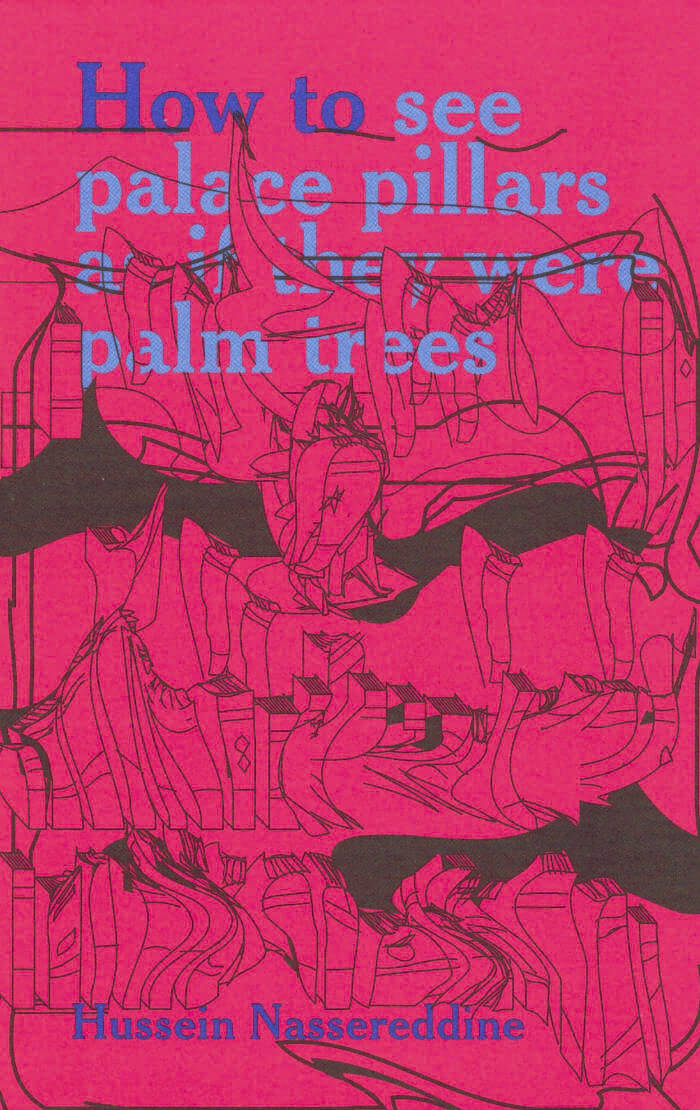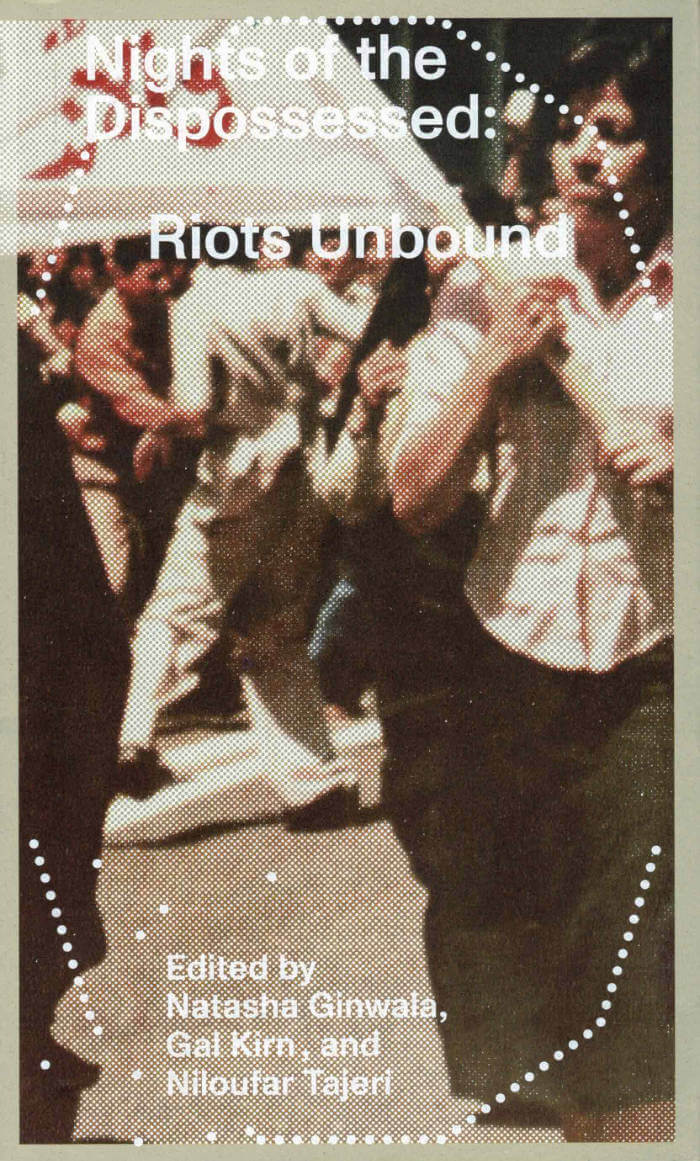
How to spell the fight
James R. Murphy, a math teacher in La Guardia, New York, regarded mathematics as the most powerful and manipulable abstract language available to humans. To acquaint students who don’t “like” math with abstract and systematical thinking, he put a piece of string in their hands and taught them to make string figures.
How to spell the fight follows a thread that has been running through our fingers from centuries past till the present day, morphing from the tangible string figures that join our hands in childhood to the more elusive computational algorithms that engage our fingers today. Following this line of inquiry through various twists and turns, a conversation about collective agency emerges with the aim of rethinking current paradigms of cognition, education, and power.
Natascha Sadr Haghighian is an artist living in Berlin. Her research-based practice encompasses a variety of forms and formats, among them video, performance, installations, text, and sound. She tries to learn how to make string figures.
Text: Natascha Sadr Haghighian
Commissioning editors: Maha Maamoun and Ala Younis
Copyeditor: Ryan Inouye
Co-publishers: Kayfa ta, Sternberg Press, and Tanmia Bookstores
Design template: Julie Peeters
Size: 9.6 x 14.8 cm
Pages: 80 pages, Soft cover
Printed in Cairo.







